Word of Mouth: Santiago de Compostela
Navigating the many splendors of a pilgrimage through Spain’s Galicia region
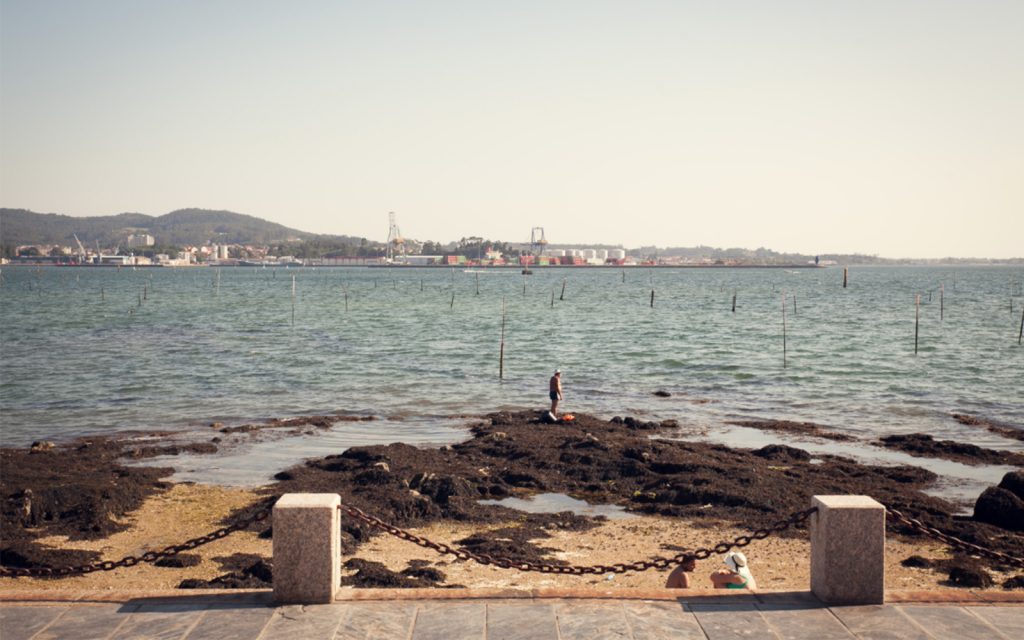
The city of Santiago de Compostela on Spain‘s northern Atlantic Coast may be the end of The Camino de Santiago (a 500-mile pilgrimage route thousands of individuals trek each year) but it’s also the capital of one of the country’s best kept secrets: Galicia. As with Catalonia, Galicia has a language, culture and cuisine all its own. This stretch of northwestern Spain conjures visions of its Celtic history through manor homes, granite castles and green, Albariño-heavy vineyards, whose cool climate mimics another famous wine region: the Loire. Bordered by Portugal on one side and the sea on the other, Southwestern Galicia is dissected by the five, fjord-like estuaries of Rias Baixas and is lined by coasts so wild and beautiful they’ve been dubbed the “Cathedral of the Sea.” Join the rest of the pilgrims in front of the cathedral at the Camino’s symbolic scallop shell, indented into the Old Town’s stone floors, which serves as your jumping off point for the lush hill-covered region.

Pampín Bar
At Alén Tarrío’s industrial-chic bistro in the neighborhood of San Pedro, the décor may be minimalist (exposed concrete walls, bench seating around a centerpiece wooden communal table), but the cuisine isn’t. Tarrío got his start working at his parents’ eatery in the outskirts of the city before working as head chef at various restaurants in town. At his two-year-old Pampín Bar, where emphasis is on quality ingredients, Tarrío shows off contemporary interpretations of some of Santiago’s more traditional favorites. Expect pretty porcelain plates piled with marinated mussels and anchovies, cheese tarts, and fresh oysters served with a splash of escabeche.
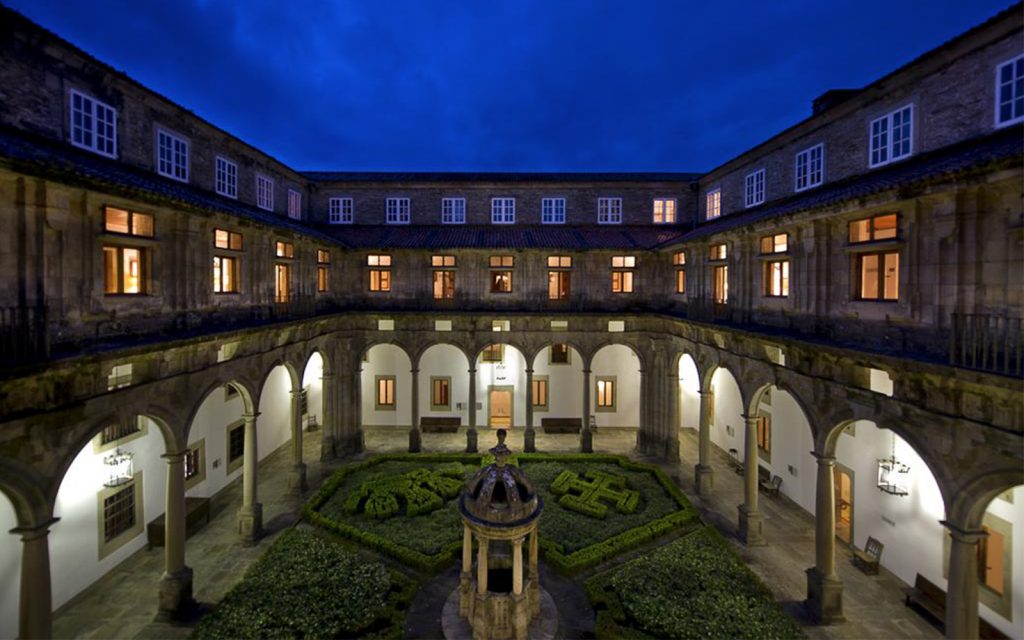
Hotel de Parador de Santiago de Compostela
The 500-year-old hospital-turned-hotel sits catty-corner from the city’s landmark cathedral in the main square, Praza do Obradoiro. Considered by many to be the oldest hotel in the world, Hotel de Parador de Santiago de Compostela‘s building welcomed pilgrims during its early days as a royal hospital in the 15th century, and the courtyard still features a fountain where black leeches were bred. In the 1950s, it was converted into a five-star parador, a state-run luxury hotel, with four cloisters opening up to 137 time-trapped rooms draped in Spanish antiques and artwork from the 17th and 18th centuries.
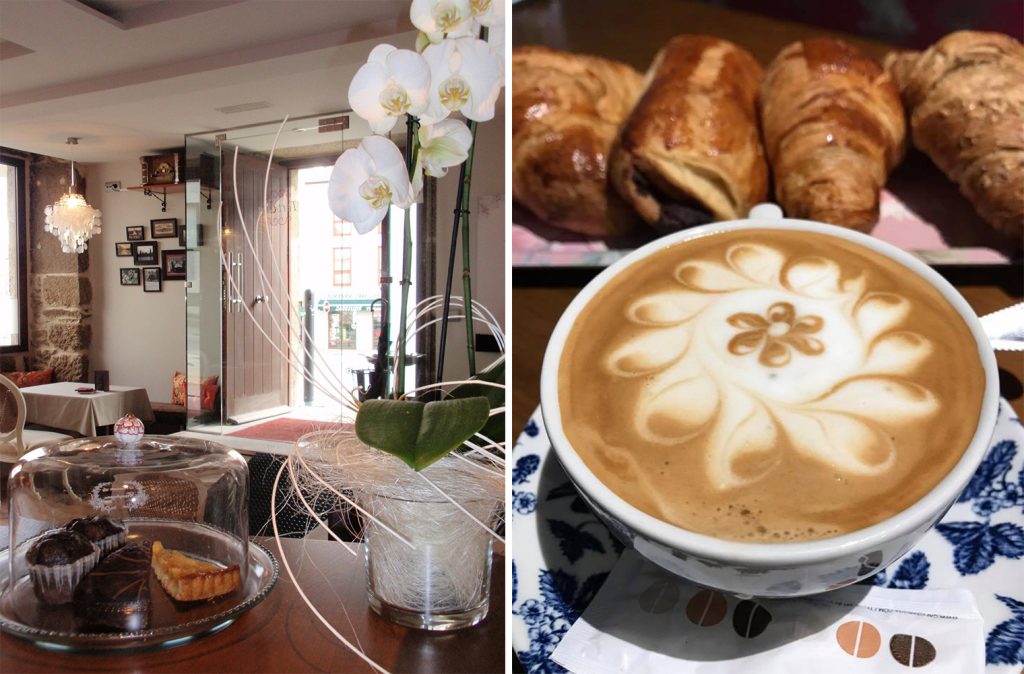
Café Tertulia
Snag a seat along the street-side terrace at one of Santiago’s best coffee shops, Café Tertulia. The interior is a mix of exposed brick and blood-red wallpaper (patterned with cartoon dogs posing on chairs), creating an atmosphere that’s cozy and kitsch. Latte art and croissants make for the perfect pairing here, but the juices have also garnered a local following.
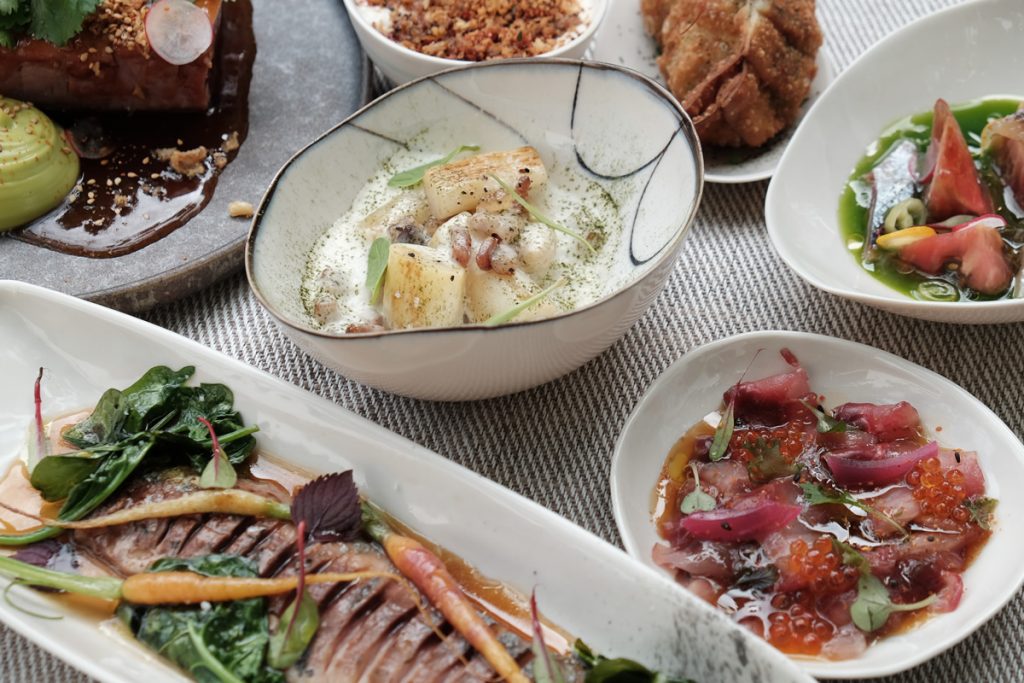
Restaurante A Maceta
Just eight months after opening his restaurant in summer 2016, chef Jorge Gagoi received the Cociñeiro Novo award, which honors young Galician chefs whose menus are focused on locally sourced organic ingredients. Restaurante A Maceta feels like it should be isolated in the middle of the countryside instead of sitting in the center of Santiago de Compostela’s Old Town. Start with a cocktail in the garden before moving inside and working through the modernized menu of regional specialties spruced up with an Asian twist. Think squid-filled gua bao (Taiwanese buns), cocido (Galician stew) with hake and razor clams, and cannelloni of Iberian pork.
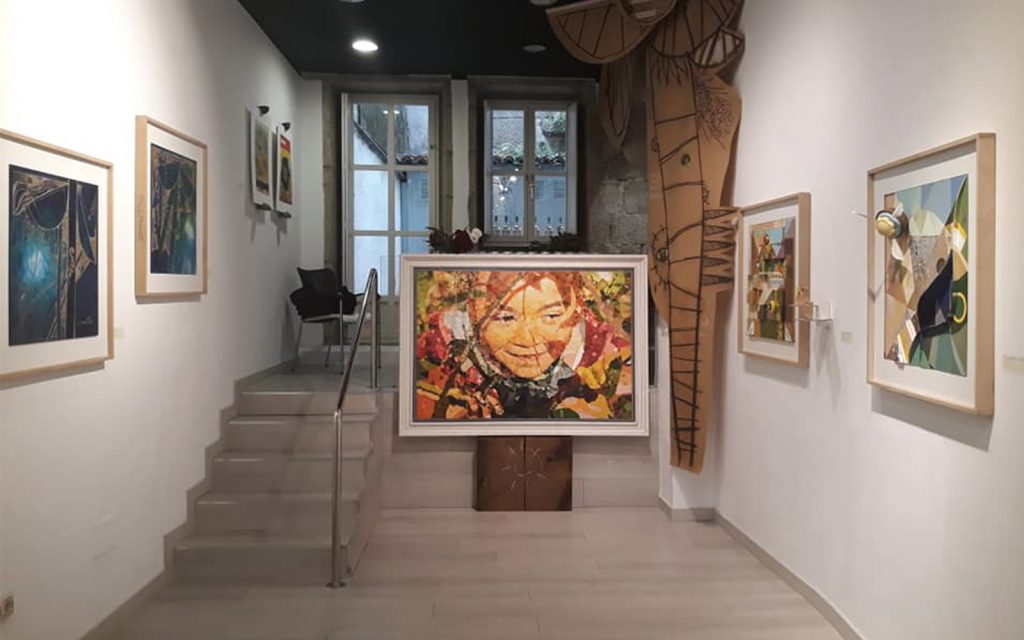
Galería de arte Luisa Pita
Launched in 2012, Galería de Arte Luisa Pita‘s Old Town contemporary art destination is an extension of Luisa Pita’s community project, the Bus Station Space. Tucked along a winding, stone-paved streets, the exhibition space is intended to act as a bridge bringing together established and emerging artists with a modern, airy interior that contrasts with the ancient façade.
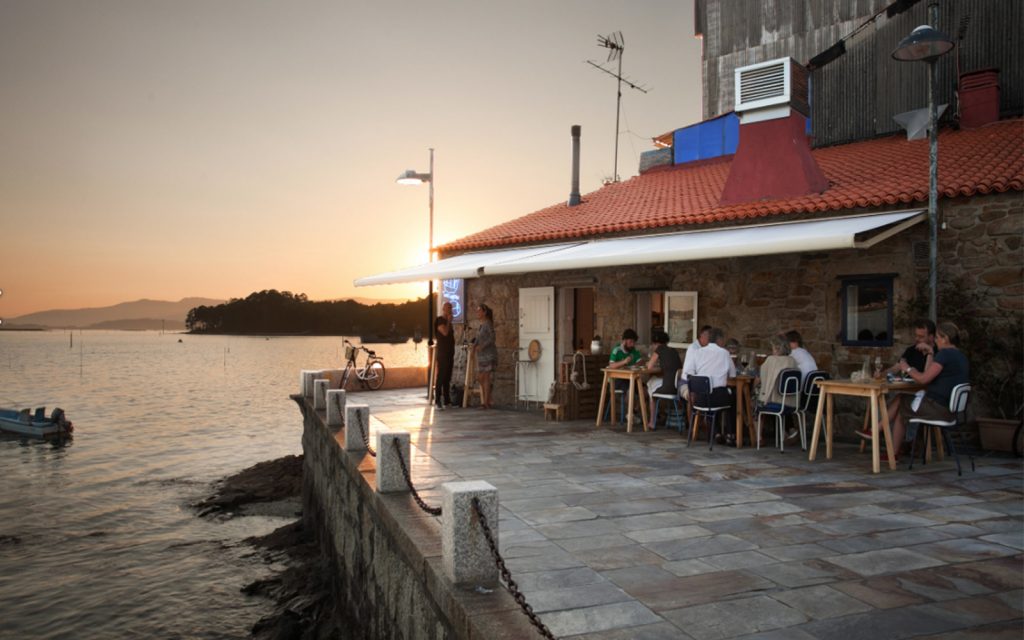
O Loxe Mareiro
Less than an hour’s drive from Santiago de Compostela in the coastal town of Carril, overlooking Cortegada Island, O Loxe Mareiro is a seasonal, seaside eatery and the brainchild of Santiago-based chefs Iago Pazos and Marcos Cerqueiro. They converted the former maritime traffic station (which resembles a rustic fishermen’s cottage—fireplace and all) into a restaurant with whitewashed brick and Scandinavian-style furniture. Dangle your legs over the water at the port-side seating while dining on fresh razor clams and mussels sourced from the surrounding sea, letting it all wash down with a pale rosé like Galician Mara Moura Bastardo.

Martín Códax Winery
Overlooking the sea in the Salnés Valley, smack-dab in the center of Rías Baixas—where over half of the winemakers are women—the Martín Códax Winery was founded over 30 years ago by 50 local farmers. That number has grown to over 500 families, and the winery pulls Albariño grapes (the region’s signature) from a cooperative of 1,400 small-parcel vineyards around the town of Cambados. The locals once used fertilizer from the sea in the form of crushed scallop, clam and mussel shells, and the winery has brought back the tradition to help balance the vineyards’ soil. Take a seat on the patio of the open-air tasting room overlooking the water and sample three of the winery’s signature Albariños (such as the straw-colored Lías) alongside hand-selected artisanal cheeses from around the region.
Images courtesy of respective venues











